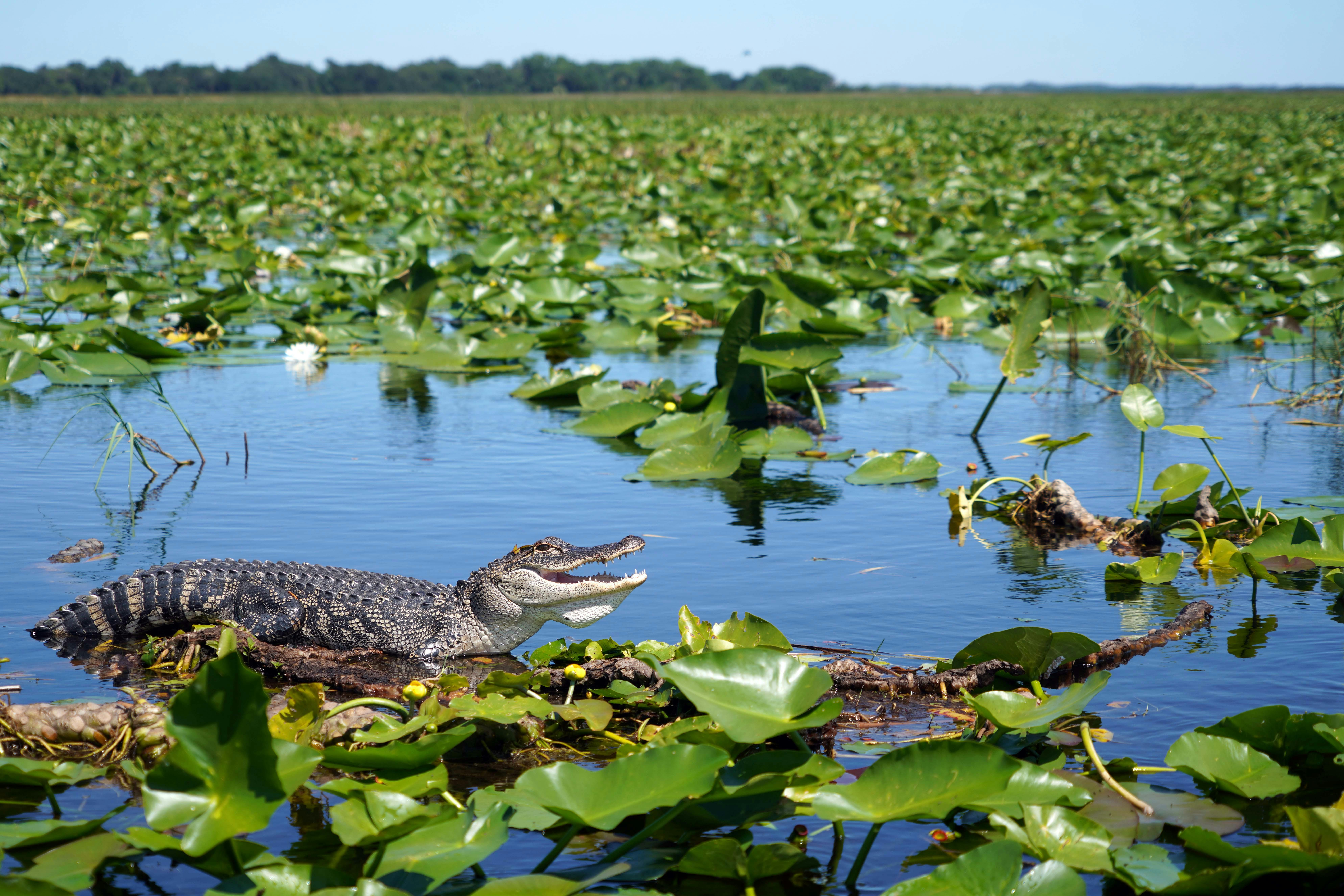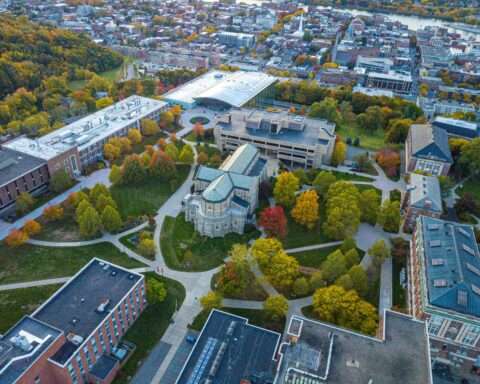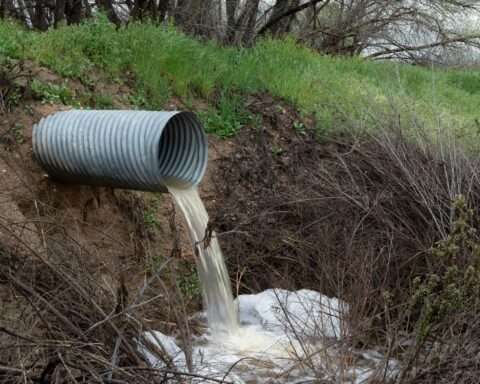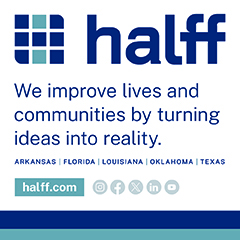Florida state officials and the U.S. Army Corps of Engineers formalized a revised agreement on earlier this month to speed up construction of the Everglades Agricultural Area (EAA) Reservoir in Florida’s Everglades.
The reservoir, a key component of the Comprehensive Everglades Restoration Plan (CERP), was originally projected for completion in 2034, but is now expected to finish by 2029. Concluding the agreement, the state will now be responsible for building critical infrastructure for the project, such as inflow/outflow pump stations and the Blue Shanty Flow Way, allowing the Corps to focus on the reservoir’s basin.
CERP is a collaborative effort authorized by Congress in 2000, led by the U.S. Army Corps of Engineers and the state of Florida, with support from federal agencies, tribal nations and local partners. Its main goal is to restore the natural freshwater flow in Central and South Florida by capturing water that currently drains to the ocean or gulf, cleaning it, storing it, and redistributing it to wetlands, aquifers and Everglades ecosystems. The plan covers over 18,000 square miles, includes more than 60 separate construction projects, and is expected to take several decades to complete.
Congress originally authorized a 50/50 state and federal cost of $8.2 billion over 30 years, but the current projected cost of completion is $23.2 billion, according to state officials. Through 2024, combined spending on the project is $6 billion. Although saving money may not be the primary motivator for the new agreement, it is possible that the streamlined and shortened timeline could reduce some rising labor and material costs, according to officials.
Since 2019, Florida-led restoration efforts have delivered several completed projects under CERP, including the C‑43 and C‑44 reservoirs, the S‑333 expansion and removal of the Old Tamiami Trail. Removing the old Tamiami Trail (a part of US-41) roadbed opened the natural sawgrass marshes and sloughs system for the first time in nearly a century and reconnected vital water flow to key Everglades ecosystems. These steps led to a combined reduction of 1.8 million pounds of nitrogen and 770,000 pounds of phosphorus from waterways.
The EAA agreement complements the Central Everglades Planning Project (CEPP), another major element of CERP. CEPP focuses on restoring natural water flow and ecosystem function across the central and southern Everglades by increasing storage and treatment south of Lake Okeechobee, removing levees and canals, and enhancing water delivery to Everglades National Park and Florida Bay. CEPP is being implemented in several phases, and projects under construction include culverts, spillways, canals, pump stations, seepage barriers, and portions of the Blue Shanty Flow.
Photo by Frida Oquendo from Pexels













